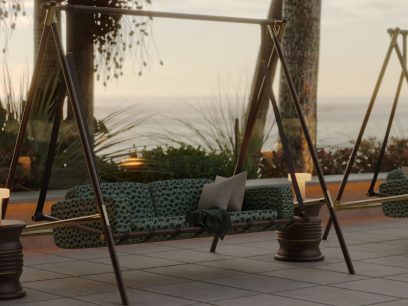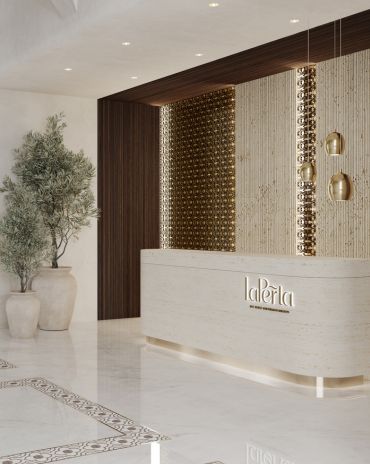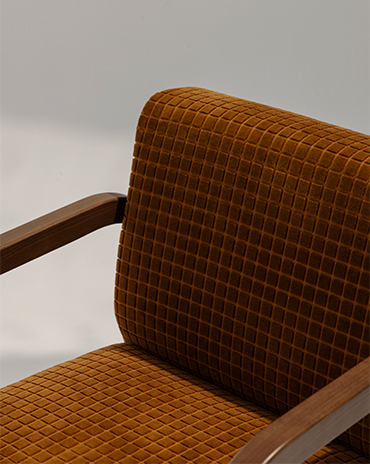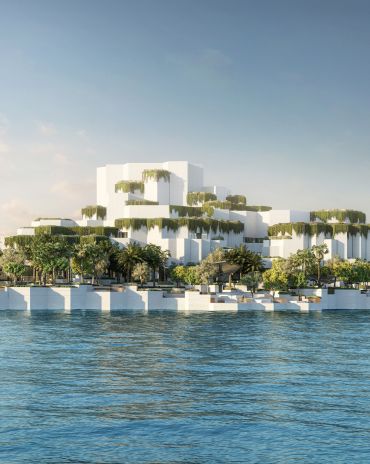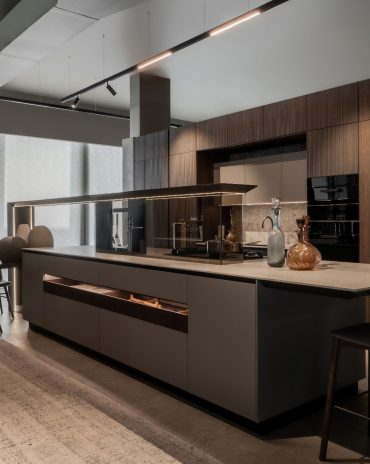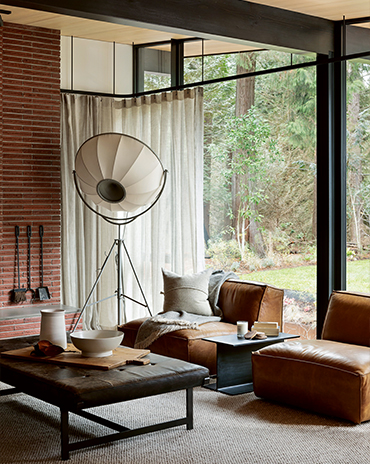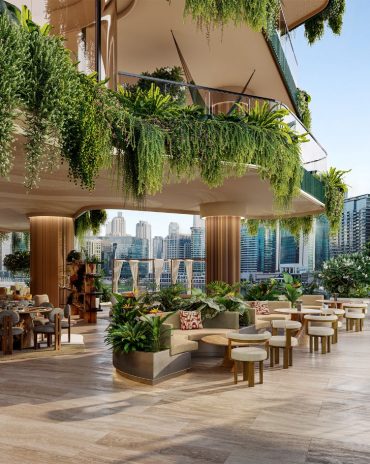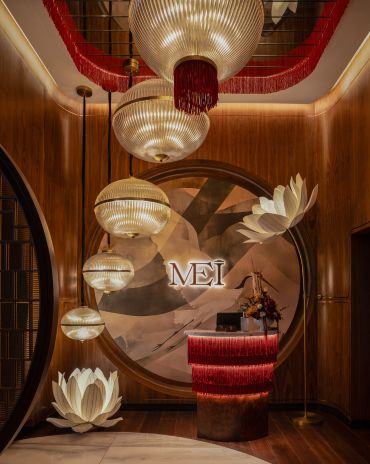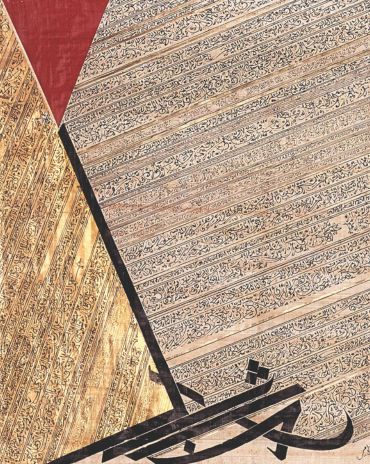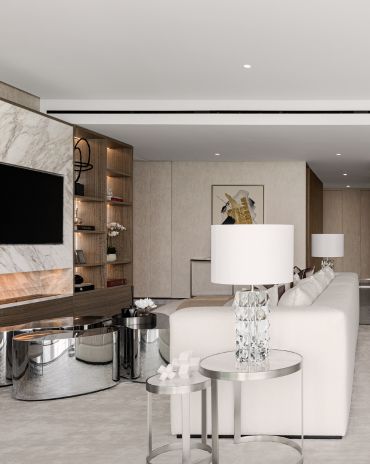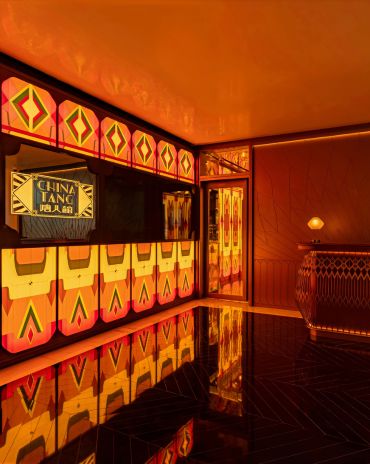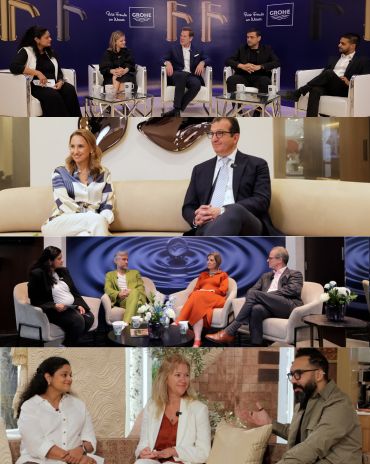Copyright © 2025 Motivate Media Group. All rights reserved.
Designsmith’s new direction in the market
Mihir Sanganee, Co-Founder at Designsmith speaks about the firm's pivot to focus on purely build
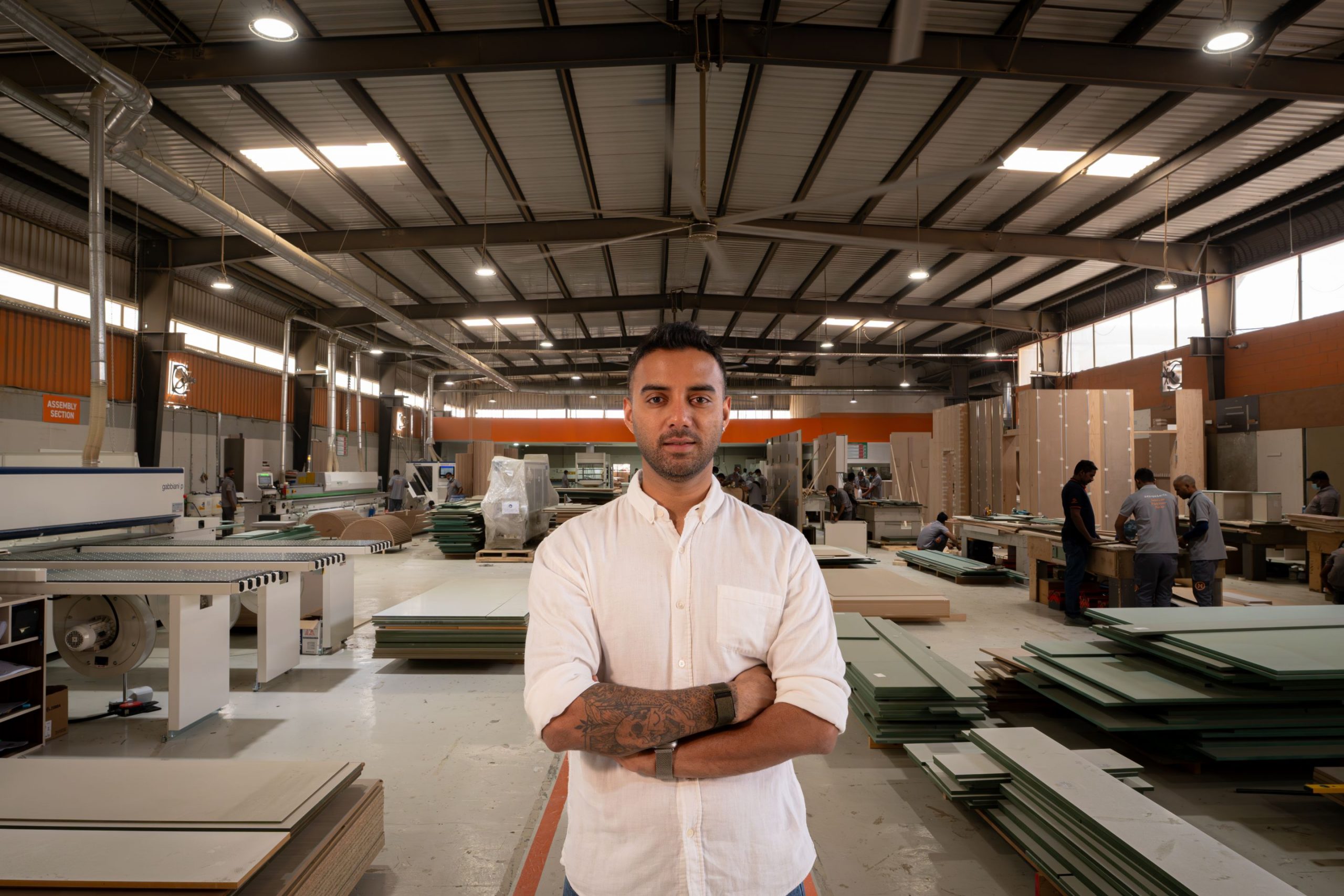
For over 37 years, Designsmith has evolved from a Dubai-based contractor and fit-out company to a design and construction firm. Recently, the firm has pivoted to focusing on what they do best: bringing projects to life through build solutions. identity interviews Mihir Sanganee, the Co-Founder at Designsmith about the shift in the firm’s approach to dedicating itself to attaining fully realised, exceptional spaces with quality at its heart.
What prompted the decision to shift from design-and-build to focusing purely on build?
Mihir: It really came down to one word: specialisation. The kind of work now being envisioned in the UAE—especially in the high-end space—is something that hasn’t been seen before. Clients are coming in with bigger budgets, bolder visions, and higher expectations. But the delivery side hasn’t kept pace. It’s often messy. Contractors overpromise. Quality doesn’t match aspiration. That’s where we saw an opportunity. We already had the facility, the team, and the technical know-how. So we decided to double down. We’re not trying to do everything anymore—we’re focused on becoming super-specialists who can actually bring these ambitious visions to life, locally and reliably.
How has Designsmith evolved over the last decade?
Mihir: We started out as a general contractor and fit-out company. As the market shifted, we pivoted into design-and-build—mostly because we felt like the design being delivered across the board was getting repetitive and generic. There was a creative gap that needed filling, so we stepped in. But over time, we realised our true edge was in execution. Today, we’ve split into two independent verticals: a fully specialised joinery division led by my brother and co-founder Dhaval, and a construction division under me. Both are geared toward one thing—delivering top-tier build quality with zero compromise.
What are Designsmith’s biggest strengths today?
Mihir: Our biggest strength is scale, paired with depth. We operate out of a 200,000 sq ft facility in Al Quoz, with nearly a thousand people in-house. But beyond the numbers, it’s our direct involvement as founders that sets us apart. My background is in architecture. My brother is a civil engineer. We’re not developers. We’re here to obsess over detail, chase perfection, and build things that genuinely last.

The Designsmith Headquarters
Why should architects or designers choose to work with Designsmith?
Mihir: It’s about trust, and it’s about delivery. We’re aiming to offer what we call the “Designsmith Experience.” We’re bridging the gap between what’s available globally and what’s actually accessible locally. We’ve all seen those projects in Europe and thought—why can’t we have that here? We’re saying: you can. And we’ll build it for you. We want collaborators to come to us not just because we can execute a plan, but because we can elevate it. We speak the design language. We understand intent. And we’re just as invested in the outcome as they are.
How has this business model shift impacted the way your team works—internally and with external collaborators?
Mihir: It’s been transformational. The biggest advantage is that our engineering and project management teams have a design foundation—so they’re able to translate design vision into built reality much faster. Our exposure has also increased. Instead of largely working on in-house designs, we’re now collaborating with multiple design firms. That’s fast-tracked our learning in a big way. We’re constantly tweaking our processes, sharpening our detail work, and pushing ourselves to deliver better every time. There’s a strong, collective clarity in the team — on the direction, the ambition, and the market we’re set to lead. And that is energising.
What kind of projects are you most excited to take on in this new phase?
Mihir: High-stakes build projects where quality is everything, and there’s zero room for error. We’ve delivered this level of precision at smaller scales — now we’re scaling up to entire buildings with the same attention to detail. Our focus is currently on ultra-luxury residential and hospitality.

How do you approach quality, timelines, and delivery on a project?
Mihir: We start with the end in mind. Every project begins with a clear vision of the final product. Once that’s locked, everything flows backward from there. Every decision is intentional. Every handover, every tolerance, every step is defined. It’s not a matter of just meeting deadlines—it’s about protecting quality at every single phase. And while we’re constantly evolving, we’ve built a strong internal rhythm: learn, improve, move. Then repeat. That’s how we stay sharp.
Any learnings or pivotal moments that helped shape the direction of the business?
Mihir: Deepening our focus — choosing one thing and going all in, instead of constantly reinventing the wheel. We realised we didn’t want to be generalists. We wanted to become specialists — really good at what we do, and intentional about how we do it. That clarity has shaped everything, from how we work to how we grow.
What sets your build approach apart in a market that’s increasingly competitive?
Mihir: Relationship-building. We don’t treat clients as transactions — the goal is to build genuine, long-term connections. That kind of trust creates work that lasts, and relationships that do too.
What’s been the most rewarding part of this journey so far?
Mihir: When a client picks up the phone and tells someone else they should work with us — that’s a real win. Or when you walk into a room and someone’s already saying good things about your work without you even being there. That word-of-mouth is what keeps us going.
Images: Supplied
The Latest
Innovation Meets Indulgence
Here are the latest launches for the bathroom that have caught our eye this year
A New Standard in Coastal Luxury
La Perla redefines seaside living with hand-crafted interiors and timeless architecture
Things to Covet
Here are some stunning, locally designed products that have caught our eye
An Urban Wadi
Designed by Dutch architects Mecanoo, this new museum’s design echoes natural rock formations
Studio 971 Relaunches Its Sheikh Zayed Showroom
The showroom reopens as a refined, contemporary destination celebrating Italian craftsmanship, innovation, and timeless design.
Making Space
This book reclaims the narrative of women in interior design
How Eywa’s design execution is both challenging and exceptional
Mihir Sanganee, Chief Strategy Officer and Co-Founder at Designsmith shares the journey behind shaping the interior fitout of this regenerative design project
Design Take: MEI by 4SPACE
Where heritage meets modern design.
The Choreographer of Letters
Taking place at the Bassam Freiha Art Foundation until 25 January 2026, this landmark exhibition features Nja Mahdaoui, one of the most influential figures in Arab modern art
A Home Away from Home
This home, designed by Blush International at the Atlantis The Royal Residences, perfectly balances practicality and beauty
Design Take: China Tang Dubai
Heritage aesthetics redefined through scale, texture, and vision.
Dubai Design Week: A Retrospective
The identity team were actively involved in Dubai Design Week and Downtown Design, capturing collaborations and taking part in key dialogues with the industry. Here’s an overview.

